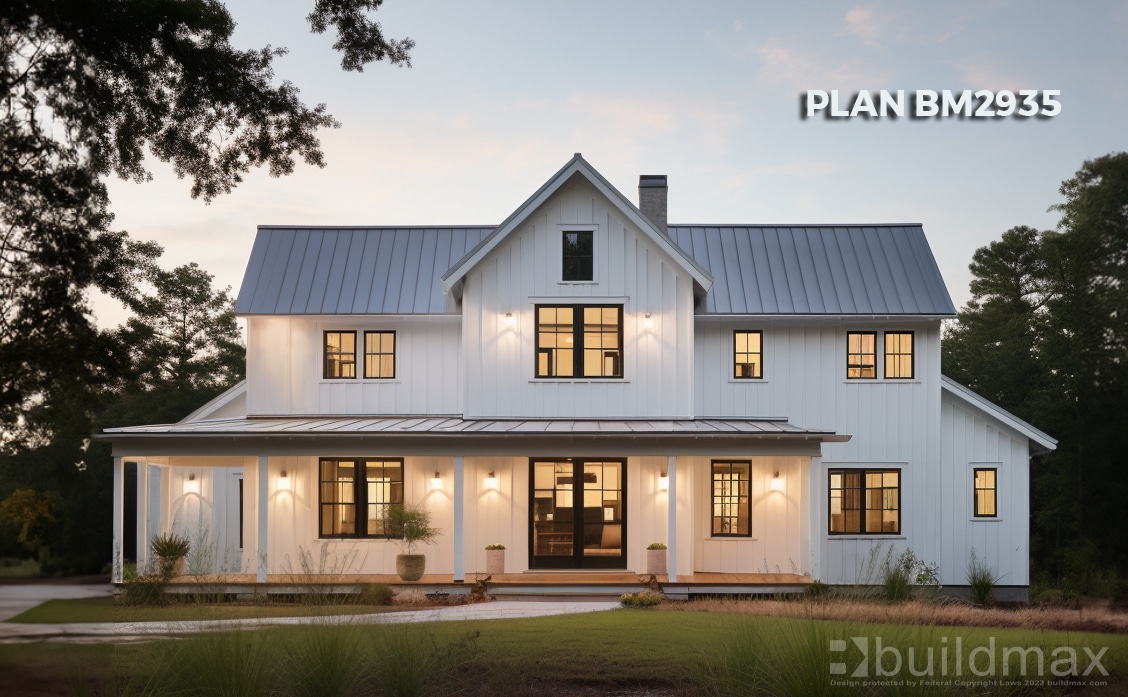Barndominiums Vs. Standard Houses: a Comprehensive Comparison of Lifestyle and Capability
The choice between barndominiums and standard homes encompasses different factors, consisting of lifestyle choices and functional demands. Barndominiums are characterized by their open designs and flexibility, typically appealing to those that prioritize public living and versatility.
Introduction of Barndominiums
Barndominiums, a novel housing trend gaining popularity across numerous regions, mix the rustic charm of barn-style design with the performance of contemporary home. These one-of-a-kind frameworks typically include a steel or timber structure, integrating open floor plans and high ceilings with energy-efficient features. Frequently situated on expansive country properties, barndominiums offer homeowners the possibility to appreciate a calm way of life while offering sufficient space for numerous tasks.
The flexibility of barndominiums extends past their visual appeal; they can act as both living quarters and useful areas for hobbies, workshops, or perhaps small companies. Their adaptive layout enables for easy modification, fitting diverse family members requirements and preferences. Several owners value the low maintenance demands related to steel home siding and roofing, adding to long-term durability.

Attributes of Typical Homes
Highlighting ageless layout and convenience, traditional homes are characterized by their unique architectural designs, which usually mirror historical influences and regional aesthetic appeals. Typical attributes consist of balanced exteriors, gabled roofs, and an emphasis on craftsmanship, resulting in a warm and inviting atmosphere.
Conventional homes typically integrate aspects such as crown molding, wainscoting, and hardwood flooring, improving their traditional appeal. They usually feature several rooms with defined purposes, promoting family members communication while permitting personal privacy. click here. The layout frequently includes formal living and dining areas, which contribute to entertaining guests and hosting family gatherings
Exterior materials such as block, timber, or rock are regularly utilized, adding to toughness and a feeling of permanence. Barndominium builder. Additionally, numerous conventional homes are designed with front porches or stoops, fostering a feeling of area and link with the community
Landscaping plays a significant duty in typical home style, with well-kept gardens and paths that boost visual appeal - read more. Overall, traditional homes embody a feeling of fond memories and security, attracting those who value heritage and a more organized living setting
Price Comparison
Usually, a cost comparison in between barndominiums and standard homes exposes significant differences in building and construction costs and general investment. Barndominiums, often created from metal or steel frames, typically sustain lower material and labor prices than standard homes built from wood and brick. The streamlined style of barndominiums can translate to lowered building times, even more reducing labor prices and accelerating occupancy.
Generally, the cost per square foot for a barndominium varies from $100 to $150, while standard homes can differ commonly, generally dropping in between $150 and $300 per square foot, relying on place, materials, and design intricacy. This cost difference makes barndominiums an appealing option for budget-conscious purchasers looking for larger home without compromising top quality.
Furthermore, barndominiums might result in lasting cost savings via lower upkeep prices, energy performance, and insurance prices. Their sturdy building products frequently need much less upkeep gradually contrasted to conventional homes. Nonetheless, it is important to think about that while first costs may be reduced for barndominiums, the last investment will likewise rely on individual customization and preferred services, which can influence the overall cost in both real estate kinds.
Way Of Life and Area Factors To Consider
When taking into consideration way of living and room, barndominiums supply an unique flexibility that interest a variety of homeowners. These hybrid structures combine residential living with functional space, often featuring open flooring strategies that can be adjusted to fit private requirements. This versatility is particularly beneficial for families or people looking for a tailored living setting, enabling diverse uses such as office, workshops, or entertainment locations.

Moreover, the aesthetic allure of barndominiums can accommodate both rustic and contemporary tastes, making them a functional option for numerous style choices (Barndominium builder). Inevitably, the choice between a barndominium and a typical home typically rests on exactly how well each alternative aligns with the house owner's lifestyle goals and spatial needs, highlighting the importance of thinking about individual priorities in the decision-making procedure
Ecological Impact and Sustainability
The environmental effect and sustainability of barndominiums existing compelling advantages compared to typical homes. Primarily built from steel and various other sturdy materials, barndominiums are typically developed making use of recycled resources, decreasing the demand for brand-new products and decreasing waste. Their design usually highlights open rooms, which can bring about lower energy consumption for heating and cooling compared to standard homes with even more fractional formats.
In addition, barndominiums can incorporate sustainable features such as solar panels, rainwater harvesting systems, and advanced insulation techniques, enhancing their energy efficiency. The flexibility of their design allows property owners to integrate these innovations much more perfectly than in numerous conventional homes, which may require comprehensive retrofitting.
Furthermore, barndominiums frequently require fewer sources for building and construction as a result of their less complex, a lot more effective designs. This not only decreases the carbon impact connected with building but also adds to an webpage extra lasting way of life. In comparison, typical homes might include higher degrees of power expenditure and resource make use of throughout their lifecycle, from building to maintenance. Overall, barndominiums stand for a forward-thinking technique to sustainable living, straightening with modern environmental top priorities.
Conclusion
In summary, the selection between barndominiums and conventional homes depends upon individual way of life preferences and useful requirements. Barndominiums, with their open designs and lasting products, deal with those looking for flexibility and public living. Alternatively, conventional homes offer specified spaces that boost privacy and promote historical visual appeals. Each alternative provides one-of-a-kind advantages, demanding cautious factor to consider of one's values and requires when identifying one of the most suitable living setting.